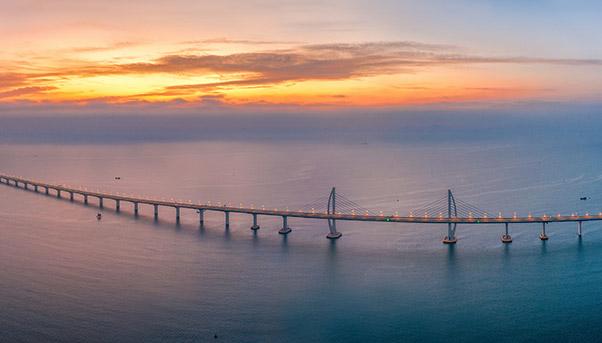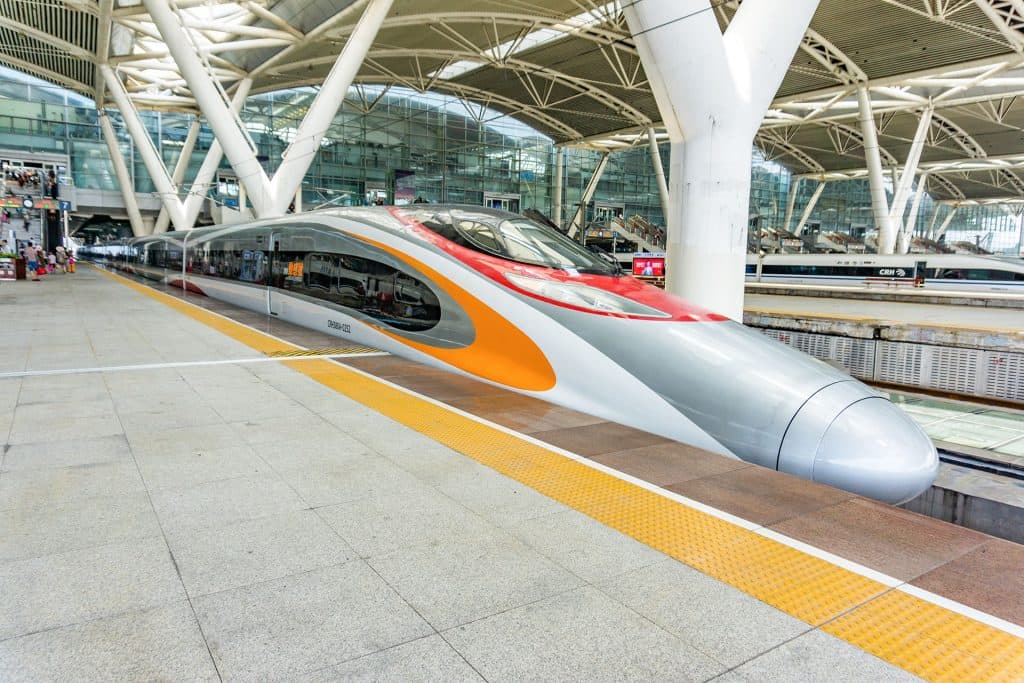
As China prepares the next stage of development of the Greater Bay Area, the agglomeration of 11 cities including Hong Kong and Guangdong already appears to reflect the vision that the country has for it: a single, massive metropolis.
With its skyscrapers and dense network of roads, railways and bridges, the area of 56,000 square kilometres is one of the biggest contributors to the Chinese economy. In the last three years, its gross domestic product (GDP) has grown more than 7% a year, reaching 10 trillion renminbi ($1.5 trillion) to represent 12% of the country’s entire GDP.
With the next stage of development, recently announced by the government, the aim is to harness the dynamism of this area of nearly 70 million people to propel its Belt and Road Initiative, also known as the New Silk Road.
The Outline Development Plan, made public in February, would turn by 2035 the area into a strategic base for the initiative that seeks to improve trade links with the rest of the world.
The Plan for the Greater Bay Area
“The (plan) has been formulated to fully put the spirit of the 19th National Congress of the Communist Party of China into practice; fully and accurately implement the principle of ‘one country, two systems’,” reads the introduction of the plan, referring to Hong Kong’s relative autonomy from other parts of the country.
Although it does not include economic figures, the plan lays out a series of two-track development guidelines: short-term measures to be taken by 2022, and long-term ones that would last until 2035.
The emphasis is on infrastructure, especially the kind that will bind the area’s 11 cities closer together with more roads, highways, railways and bridges to reduce travel times to a maximum of one hour.

Construction of the Shenzhen-Zhongshan Bridge and the Second Humen Bridge across the Pearl River has already started.
Plans for railways, meanwhile, include new lines between Ganzhou and Shenzhen, Guangzhou and Shanwei, Shenzhen and Maoming, and Cenxi and Luoding. These lines will help reduce congestion along the area’s roads — the Shenyang-Haikou and Beijing-Hong Kong-Macao highways in particular. This has already been achieved by the high-speed line between Hong Kong and Guangzhou, which has cut the travel time between the two cities from two hours to 45 minutes.
Travel will become even easier once a single ticket for all means of transport within the Greater Bay Area is introduced.
The application of new technologies will also create an intelligent transport network that travellers will be able to consult in real time to plan their itineraries.
Creating the Greater Bay Area
The idea of behind the Greater Bay Area dates back to 2009. The governments of the provinces of Hong Kong, Macao and Guangdong started the discussion because they were convinced that further investment would allow the area to overtake others elsewhere in the world, such as the San Francisco Bay Area, Greater New York or Greater Tokyo.
The first agreement signed by Hong Kong, Macao and the nine other cities (Guangzhou, Shenzhen, Zhuhai, Foshan, Zhongshan, Dongguan, Huizhou, Jiangmen and Zhaoqing) came eight years later on July 1, 2017, which happened to be the 20th anniversary of Hong Kong’s return to China after the British governorate.
That date kicked off frenetic development focused not only on the growth of these individual cities but also on the synergies among them. The short-term plan is now up and running. The long term goal – laid out at the end of the Outline Development Plan — is to involve the Greater Bay Area in the new Silk Road, the highway of goods and people leading straight to Europe.

